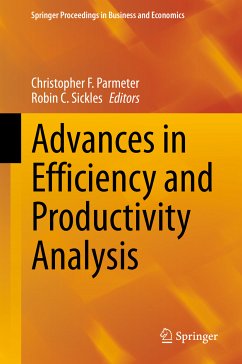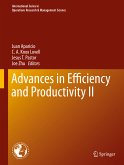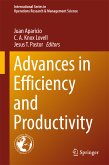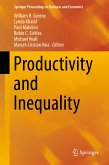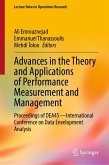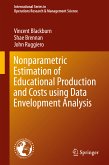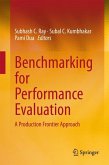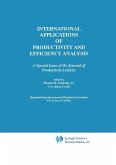The volume examines the state-of-the-art of productivity and efficiency analysis. It brings together a selection of the best papers from the 10th North American Productivity Workshop. By analyzing world-wide perspectives on challenges that local economies and institutions may face when changes in productivity are observed, readers can quickly assess the impact of productivity measurement, productivity growth, dynamics of productivity change, measures of labor productivity, measures of technical efficiency in different sectors, frontier analysis, measures of performance, industry instability and spillover effects.
The contributions in this volume focus on the theory and application of economics, econometrics, statistics, management science and operational research related to problems in the areas of productivity and efficiency measurement. Popular techniques and methodologies including stochastic frontier analysis and data envelopment analysis are represented. Chapters also cover broader issues related to measuring, understanding, incentivizing and improving the productivity and performance of firms, public services, and industries.
Dieser Download kann aus rechtlichen Gründen nur mit Rechnungsadresse in A, B, BG, CY, CZ, D, DK, EW, E, FIN, F, GR, HR, H, IRL, I, LT, L, LR, M, NL, PL, P, R, S, SLO, SK ausgeliefert werden.

